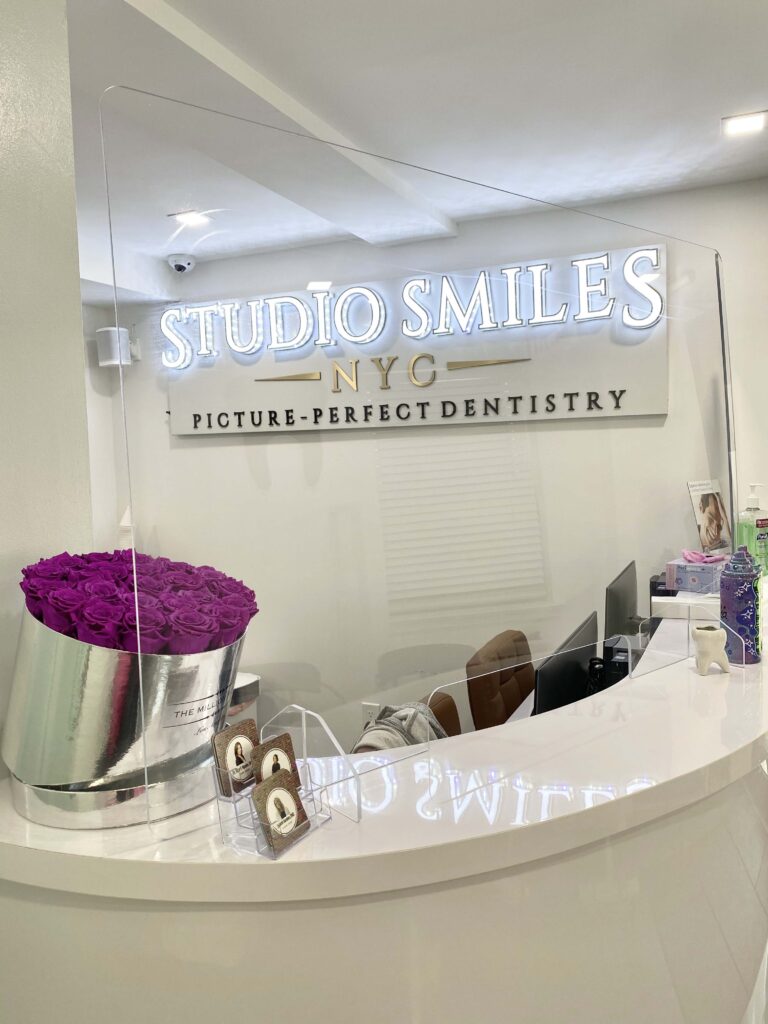As we approach 2026, one message is becoming unmistakably clear. Trust will be the most valuable currency in dental marketing. Patients are becoming more selective, more skeptical and more research driven than ever before. They read reviews, explore websites, watch videos and scroll through social media long before they contact a clinic.
Many practices try to keep up by posting content on social media only to feel disappointed when nothing changes. The problem is not that content marketing is ineffective. The problem is that most dentists don't know what actually works or are confused by 50+ strategies lists that are poirntless.
In 2026, the clinics that will grow consistently will be the ones that build trust by educating patients.
Why High-Quality Content Beats Paid Advertising
Paid ads can boost visibility, but only for as long as you fund them. When the budget stops, so does the patient flow. High-quality dental content works differently. A detailed Invisalign page, a transparent implant guide or a clear FAQ video can continue attracting patients for years without requiring any additional budget. This is why effective dental content marketing strategies turn your dental website into a long-term asset. Every page, article or video becomes another entry point for patients who are actively researching treatments in your area.
The Core Dental Content Marketing Strategies You Should Focus On In 2026
You do not need dozens of strategies. You only need a few that you can deliver consistently and well.
1. Short FAQ Videos That Build Instant Trust
Patients ask you the same questions every single day.
- Does this procedure hurt?
- How long will it take?
- How much will it cost?
- What is the recovery like?
These questions are perfect for short 60 to 90 second videos. You do not need professional equipment to record these videos. Use your phone, place it on a desk and make sure the room is quiet and well lit. Speak in a natural, conversational tone, the same way you would answer a patient sitting in front of you. These videos help people trust you before they ever meet you. They make your clinic more visible on social platforms, help Google understand your expertise and instantly differentiate you from competitors using generic content. You can publish these videos on your dental treatment pages, social media profiels or on your Google My Business Profile.
2. In-Depth Treatment Landing Pages
If all your dental services are squeezed onto one generic page, you are losing patients. Patients want to understand who the treatment is for, what the process involves, whether it hurts, how long it takes, how it heals and how much it will cost. Each dental treatment deserves its own page that:
• explains who the treatment is best for • describes the process step by step • answers concerns about pain, recovery and expected results • addresses costs and payment options clearly • ends with a call to book or enquire
These pages should feel like a conversation, not a technical dental manual. They are written for anxious patients, not for other dentists.
3. Authentic Patient Testimonial Videos
Every dental website makes similar claims about caring, quality and patient comfort. Because every dentists says the same things, patients stop believing them. Real patient stories are far more persuasive. A patient describing how anxious they were, how smooth the process felt and how happy they are afterward builds immediate credibility. After a positive appointment, ask if they would be open to sharing their experience. A few simple questions are enough. Publish these videos on treatment pages, your homepage and your social channels.
4. In-Depth Educational Articles
You do not need a blog filled with dozens of short posts. A small collection of well written, evergreen dental articles can significantly improve your organic visibility and help patients understand treatments more clearly.
Choose one topic and explain it as if you were speaking to a first time patient. For example: “A Simple Guide to Dental Implants for First Time Patients”. Cover what the treatment involves, who qualifies, each stage of the process, risks, alternatives and the main price factors.
These in depth articles help your clinic in two important ways. First, they position you as a trusted source who explains dentistry in a calm and clear way. Second, they give search engines more high quality content to index, which makes it easier for your website to rank for the questions patients are already searching for. Over time, this brings in more organic traffic and attracts patients who are actively researching treatments and are closer to booking.
5. Social Media That Supports Your Website
Social media in 2026 should support and amplify your strongest content, not replace it. Many clinics still post random photos, stock images or generic brushing tips, but this type of content rarely earns patient trust or leads to new appointments. Patients want to see real moments, real explanations and a team that feels approachable. Your social platforms work best when they reinforce the trust you have already built through your website, videos and patient stories.
Use them to highlight the content that matters most:
• short clips taken from your FAQ videos that answer real concerns • patient transformations and testimonial snippets that show genuine outcomes • small behind the scenes moments that reveal the human side of your clinic • before and after photos with clear, simple explanations of what was done
You do not need to post every day. In fact, two or three thoughtful posts each week will outperform a daily stream of generic content. Quality builds trust. Consistency builds familiarity. Together, they make patients feel far more confident choosing your clinic when they are ready to book.
If you want more ideas, we’ve put together an article on the top 10 social media posts for dentists.
Common Mistakes Dentists Should Avoid
Many clinics struggle with content marketing because they fall into predictable and avoidable traps. These mistakes do not just limit reach. They weaken trust, create confusion and make the clinic feel less approachable. As we move into 2026, avoiding these issues will be just as important as using the right strategies.
• relying on stock photos instead of real clinic visuals, which makes your clinic feel generic rather than trustworthy • posting simply to “stay active” instead of answering real patient questions, which leads to content that feels empty and unhelpful • chasing every new trend or gimmick instead of focusing on the few platforms and formats that actually influence patient decisions • using overly technical language that creates anxiety and makes patients feel unsure rather than supported • publishing AI generated text without reviewing or personalizing it, which results in content that sounds flat, artificial or inconsistent with your clinic’s tone • posting heavily for a few weeks, then going silent for months, which signals inconsistency and makes patients feel uncertain about your reliability
Most of these mistakes come from thinking that the goal is to post more. In reality, the goal is to earn patient trust. Trust comes from clear explanations, steady communication, real visuals and content that speaks directly to the concerns patients have before booking.
How These Strategies Work Together
Dental content marketing in 2026 will not be about posting more. It will be about earning more trust. Patients are researching, comparing and evaluating long before they book, and they choose the clinic that explains things clearly, communicates consistently and feels genuinely patient focused.
When your content answers real questions, shows real patient experiences and presents treatments in simple, reassuring language, you become the natural choice in your area. Video FAQ clips, detailed treatment pages, patient testimonials, educational articles and human centered social media all work together to help patients feel confident choosing your clinic.


